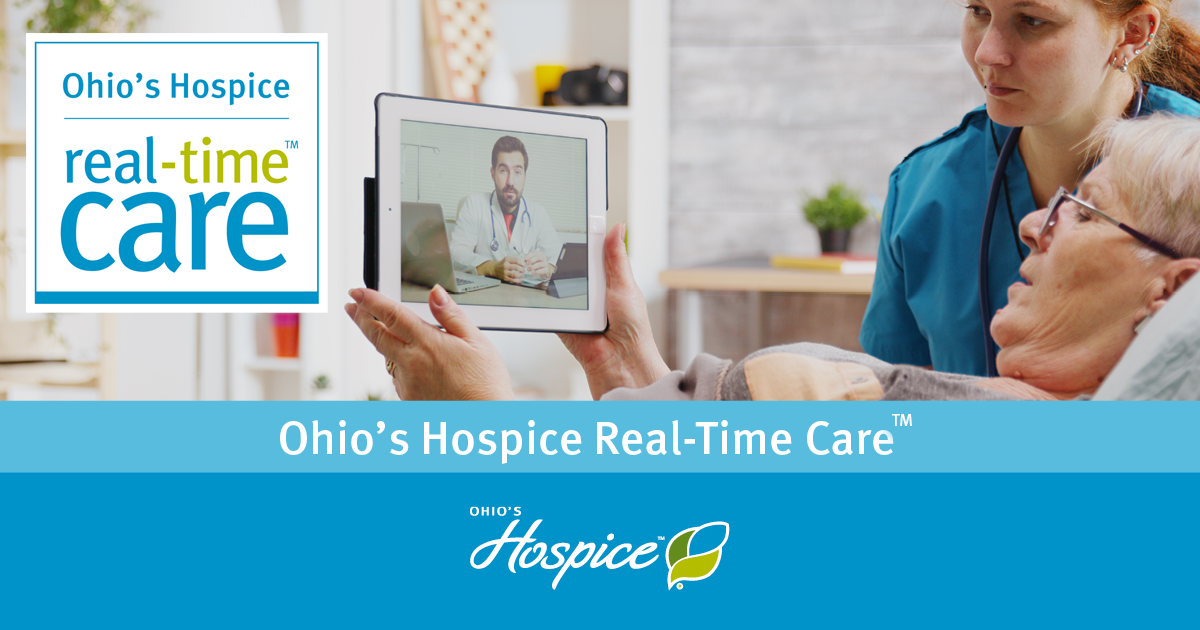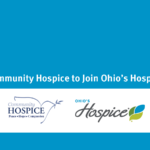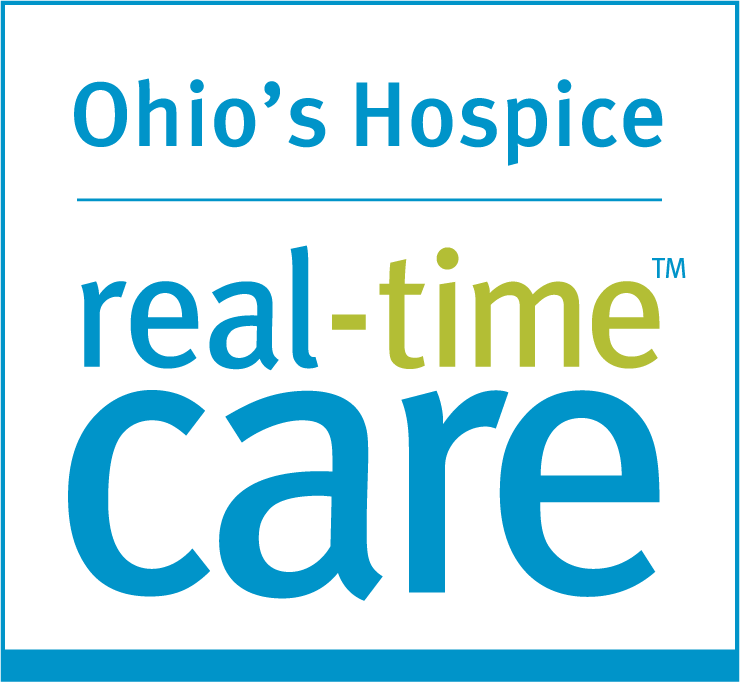
Ohio’s Hospice Launches New Support Tool: Ohio’s Hospice Real-Time Care™
To ensure that it is providing the best care to patients and families during the COVID-19 pandemic, Ohio’s Hospice is now offering Ohio’s Hospice Real-Time Care™, a telehealth and support tool. Real-Time Care has been helpful to greatly reduce exposure to COVID-19 and maintain social distancing, while continuing to deliver care.
“We are working diligently to ensure the safety of our patients, families, volunteers and staff during the COVID-19 pandemic,” said Ed Ruff, chief technology officer at Ohio’s Hospice. “When a visit to a patient’s home is not feasible, the care team at Ohio’s Hospice now has the ability to perform video-based visits with patients and family members.”
However, if an in-person visit is needed, the care team goes wherever the patient calls home and addresses their needs in person.
“Our Ohio’s Hospice Real-Time Care tools are available for all staff to use to quickly deliver the same superior care and superior service our patients and families expect from Ohio’s Hospice,” said Marcus Bryan, director of Information Technology. “Through Ohio’s Hospice Real-Time Care, our care teams are able to spend less time traveling and more time interacting with patients.”
Before COVID-19, Ohio’s Hospice had been evaluating telehealth solutions. When the Centers for Medicare and Medicaid responded to the COVID-19 pandemic by allowing telehealth as a reimbursable visit, Ohio’s Hospice was able to implement Ohio’s Hospice Real-Time Care across all of its affiliates.
Affiliates of Ohio’s Hospice include Community Care Hospice, Hospice of Central Ohio, Ohio’s Community Mercy Hospice, Ohio’s Hospice at United Church Homes, Ohio’s Hospice LifeCare, Ohio’s Hospice Loving Care, Ohio’s Hospice of Butler & Warren Counties, Ohio’s Hospice of Dayton, Ohio’s Hospice of Fayette County and Ohio’s Hospice of Miami County.
“Our response needed to be quick as the government social distancing restrictions were put in place. We evaluated several possible solutions,” Bryan said. “We decided on Microsoft Teams as it was already being used by most staff. Leveraging Microsoft Teams incurred no additional cost. It is secure and HIPAA compliant.”
The care teams throughout Ohio’s Hospice are grateful for the new technology. Referral teams are communicating with families through Ohio’s Hospice Real-Time Care. Rapid admissions are being conducted through this new technology. Admission and social workers are meeting families off-site at a location other than where the patient is located to sign consent forms and discuss hospice services.
“This has allowed us to continue to provide care to patients who need hospice services,” said Carey Short, executive director of Ohio’s Hospice of Miami County. “We found Ohio’s Hospice Real-Time Care to be a very useful tool when nursing homes, extended care facilities and hospitals limited the number of visitors in their buildings because of the COVID-19 pandemic.”
The doctors and nurses throughout Ohio’s Hospice have appreciated Ohio’s Hospice Real-Time Care. “Ohio’s Hospice Real-Time Care shows the patients that we are there and can meet their needs in a timely manner,” she said. “Having more conversations via phone prior to admission has been helpful in explaining hospice services prior to the initial nurse and social worker visits, adhering to social distancing and providing the best care to our patients.”
Using this new tool has enabled Ohio’s Hospice to decrease COVID-19 exposure risks to patients, families and staff while continuing to provide timely care and patient comfort.
Ashley Puchalski, director of clinical care at the Care Coordination Center at Ohio’s Hospice of Dayton, said the care teams have utilized Ohio’s Hospice Real-Time Care to assess patient and family needs for visits after hours and on the weekends. “Utilizing Ohio’s Hospice Real-Time Care has given us the ability to assess whether a patient’s needs are able to be quickly met via telehealth with a nurse or if there is a need for a face-to-face visit,” Puchalski said. “This has allowed us to assess a patient’s symptoms, provide reassurance, educate them and family members on medication or other non-pharmaceutical intervention to help alleviate symptoms.”
The care teams have been able to visually see the symptoms resolve as well as how grateful the family is for the quick ability to connect with an expert immediately and not have to delay care while waiting on someone to arrive to the home.
“Once we provide education or guidance on medication or other methods for symptom control, we reassure the patient and family that if these interventions do not continue to help the patient, we are just a phone call away,” Puchalski said. “We can always send a nurse to further assess the situation and provide support.”
Author Profile
Latest entries
 Media ReleaseJanuary 1, 2024Community Hospice to Join Ohio’s Hospice Strategic Partnership
Media ReleaseJanuary 1, 2024Community Hospice to Join Ohio’s Hospice Strategic Partnership #CelebratingLifesStoriesNovember 21, 2023Priesthood, Shelters and Hospice Care: A Life of Service for Barbara Parini
#CelebratingLifesStoriesNovember 21, 2023Priesthood, Shelters and Hospice Care: A Life of Service for Barbara Parini News and UpdatesJuly 28, 2023Ohio’s Hospice Volunteer Experiences Hospice Care as a Loved One
News and UpdatesJuly 28, 2023Ohio’s Hospice Volunteer Experiences Hospice Care as a Loved One News and UpdatesJuly 19, 2023The Not-for-Profit Difference
News and UpdatesJuly 19, 2023The Not-for-Profit Difference


